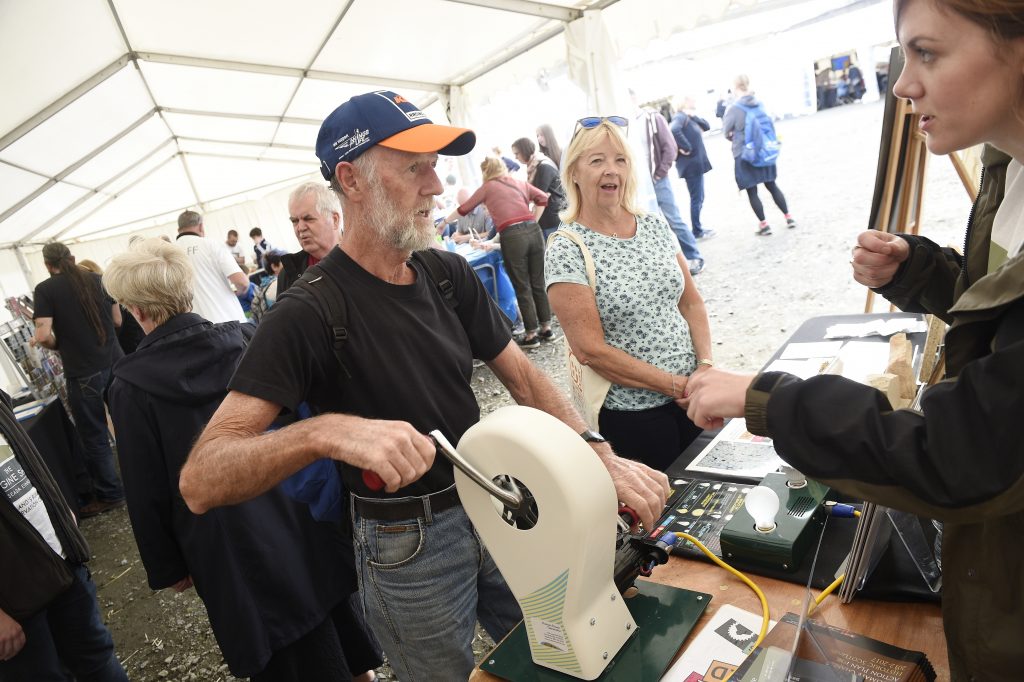One of our newest projects is the Engine Shed, Scotland’s Building Conservation Centre, which is opening to the public soon. We’re conserving an existing structure, built around 1900, and creating two new wings either side. The building as a whole will become an education and outreach centre for building conservation, as well as a space to conduct technical conservation research.

The Engine Shed in 2014
This interview with Wendy Malkin, Events Officer at the Engine Shed, looks at the difference our green champions make and how we aim to raise awareness of climate change.
What made you want to become one of our green champions?
My first ever job was in a paperless office – we weren’t allowed to print anything out unless absolutely essential, nor we allowed to keep folders of paper. This got me in the habit of working quite minimally, and not producing much waste.
I think there are loads of simple ways we can make a difference, many of which people aren’t aware of. For example, the importance of recycling carefully. If a non-recyclable item is placed in a recycling bin (such as a takeaway coffee cup), this could cause the whole contents of the bin to be put into waste, which is a real shame. So the decision to become a green champion, for me, was an easy one.
In what ways do you think climate change will impact our properties (and the historic environment)?
From an outreach point of view, we do rely on good weather for many of our events, as they take place in the open. So more wet and extreme weather may well make it much more difficult to plan and deliver successful events.
Also, I think owners of traditional buildings will become increasingly dependent on places like the Engine Shed for advice on how to maintain their homes, as we really start to see the deterioration of buildings as a result of climate change.

Our public outreach activities raise awareness of climate change and sustainability.
What efforts are being made at the Engine Shed to be fully sustainable?
We salvaged stone from a local dismantled bridge, and were able to retain a lot of the fabric of the original building 1900s building, such as the slate on the roof, and the steel in the windows. Where new materials were needed they were sustainable and carefully considered. Zinc Cladding was used because of its long life span (up to 150 years) and its excellent recycling potential.

Recycled gym flooring is now part of the exterior of the Engine Shed reception pod.
We used glulam beams (glued laminated timber), which are created by bonding together small and easily available (and often lower grade) pieces of timber. Glulam means less timber is used, and less is wasted, when compared to other types of wood construction.
We also hope that through our public programme, and through the original research conducted by Historic Environment Scotland, we can inform people about climate change, and hopefully increase Scotland’s resilience against it.

